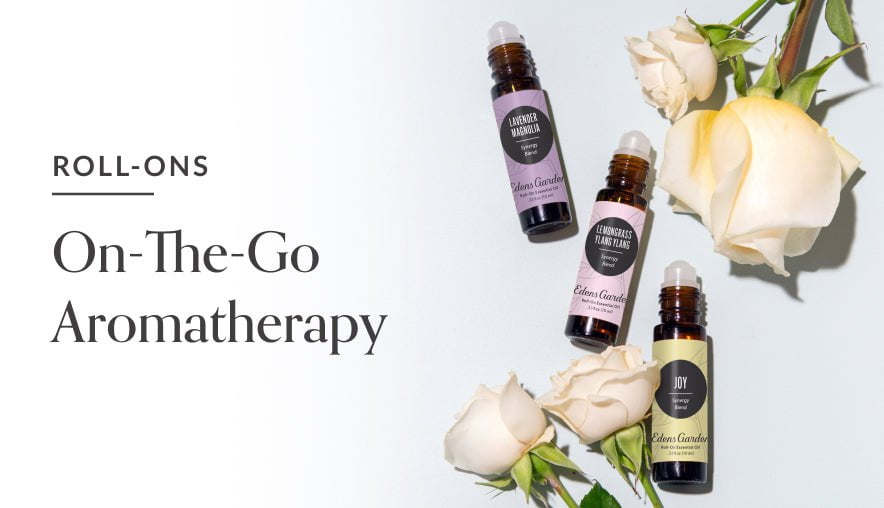How To Evaluate The Aroma Of Essential Oils

This article is inspired by Aromaweb’s Guide to Evaluating the Aroma of an Essential Oil.
Just as the shape of a wine glass allows us to better experience the beverage’s aroma and flavor, there are methods to enhance your essential oil evaluation, and it’s not sniffing directly from the bottle. Here’s how to evaluate essential oils like a pro.
Testing Strips
Like wine bottles, most essential oil bottles are designed to safely store the oil while keeping heat, light and air out- not to accurately evaluate the contents within. Testing strips are one of the most popular vessels for experiencing an oil’s aroma, and our preferred method of evaluation. Commonly, test strips are thin paper strips which soak up the oil, allowing you to put it right up to your nose for best inhalation. They’re generally inexpensive and can be found on Amazon.
How to Evaluate Your Oil
To use a test strip, remove the oil’s cap and dropper, then dip the test strip into the bottle. Make sure there isn’t too much residual oil on the strip, or it will drip. Just as the flavor of wine changes as it aerates, the aroma of an oil changes over time due to its composition, and it may be of interest to you to evaluate the oil at different times. Inhale right after dipping the strip, and make a note on how it smells, then again in 30 minutes, 1 hour, 6 hours, 12 hours, etc. Evaluating over time is a great way to get to know your oils.
Olfactory Fatigue
You may not realize it but you and your home have a scent. Visitors and those close to you may be familiar with your signature scent. This is due to olfactory fatigue, or the result of adapting to an aroma so that you can no longer detect it by smelling alone. Olfactory fatigue can also occur in a short amount of time, and because many essential oils share the same constituents, it’s recommended that you only evaluate a few oils at a time to experience each oil more fully. You can also help cleanse your senses and stay energized by inhaling coffee beans in between oils.
Have additional tips on how to evaluate your oils? We’d love to hear from you, so comment below!




Leave a comment (Comments will be approved before showing up)